
Join our email list!
Stay connected with the latest news, resources, and tools from the U.S. Center for SafeSport and enjoy our quarterly e-newsletter, The Gameplan.
Check your email inbox to confirm your U.S. Center for SafeSport Gameplan newsletter subscription.
Parents and guardians are uniquely positioned to help children and teens grow and succeed in sport.
With help from the U.S. Center for SafeSport—an independent nonprofit committed to ending and preventing emotional, physical, and sexual abuse—you can be a resource and a guide for your kids.
Our tools and trainings help parents, children, and teens understand healthy relationships, spot inappropriate behavior early, and create an abuse-free sport culture.
By learning together, we can join forces to help keep kids safe.

A National Survey
Do you know about our Athlete Culture & Climate Survey? In 2024, we surveyed more than 4,000 athletes to learn about their experience in sport, especially when it comes to emotional, physical, and sexual abuse. Explore our results and learn how these findings can serve as a tool to help all of us understand ways the culture of sport needs to change.
Parent FAQs
What Parents Should Know About Abuse In Sport
Physical, emotional, and sexual abuse and misconduct can happen in any sport. It is most often perpetrated by people we know and trust, like coaches, trainers, or teammates. Research suggests that abuse and misconduct are often based on power differences in sport environments or in society. For example, adult coaches have more power than youth athletes because of age and authority.
Our Parents, Youth, and Kids courses are designed to help parents and minor athletes learn to recognize, prevent, and respond to abuse. The courses will also help you understand what factors can increase the risk of abuse—such as one-on-one interactions between adults and youth.
Signs of potentially unsafe sport environments include:
- Behavioral expectations are unclear, inconsistently applied, or not in place
- Policies to prevent abuse and misconduct are ignored or downplayed by coaches and staff and minimized to athletes and families
- Disrespect for sport officials, opponents, spectators, and facility staff is tolerated
- Athlete safety, growth, and well-being are sacrificed for the sake of winning
Grooming is when someone engages in a series of behaviors to gain the trust of youth, their families, and their communities with the end goal of sexually abusing a child. They may try to build trust through behaviors such as volunteering to help a child’s family and giving the child gifts and special attention. They may also test boundaries with youth by talking about sex and asking them to keep secrets. Grooming can also be manipulative behavior used to prolong abuse and make the minor fear reporting or others not believing them if they do report.
Grooming behaviors include:
- Attempts to befriend the minor as a peer or “cool adult”
- Giving the minor gifts and special attention
- Talking to the minor about sexual experiences or desires
- Being helpful and non-threatening to the minor’s family
- Volunteering for situations that involve spending time alone with the minor
- Using organizational status to have one-on-one interactions with the minor
Free Online Trainings
When parents understand the risk factors that may lead to abuse, they can better equip themselves with the knowledge and tools to respond.
Our free online course for parents and guardians offers essential information to help you champion athlete well-being and protect your child in sport.
Empower your child or teen—take our free SafeSport® for Kids (ages 5-12) course and SafeSport® for Youth Athletes (ages 13-17) course alongside your kids.
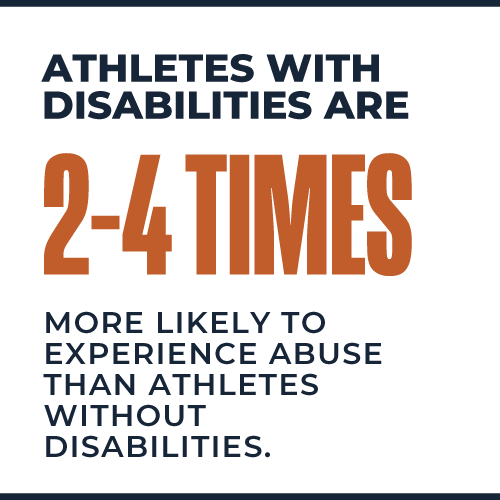
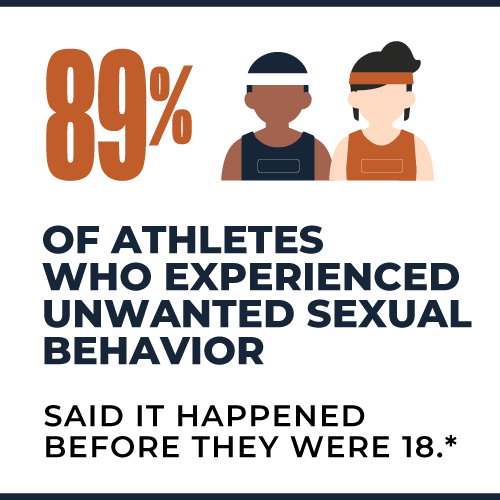
*According to a national survey
Free Online Trainings
When parents understand the risk factors that may lead to abuse, they can better equip themselves with the knowledge and tools to respond.
Our free online course for parents and guardians offers essential information to help you champion athlete well-being and protect your child in sport.
Empower your child or teen—take our free SafeSport® for Kids (ages 5-12) course and SafeSport® for Youth Athletes (ages 13-17) course alongside your kids.
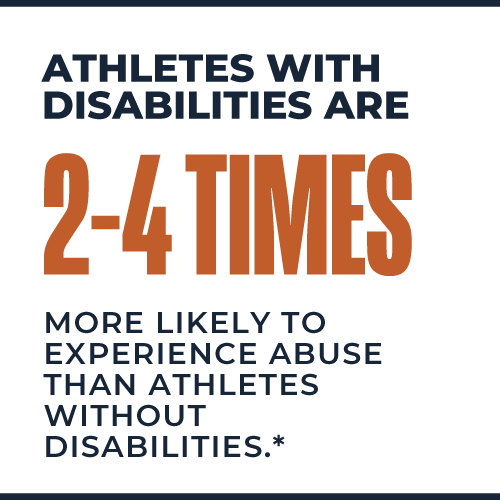

*According to a national survey
Parent Resources
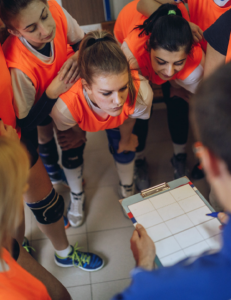
Is It Appropriate Coaching—Or Abuse?
Explore tips to help you recognize the difference between abusive behavior and appropriate coaching.
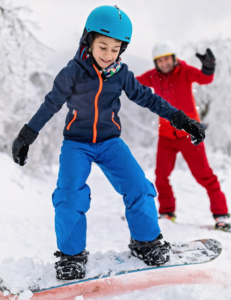
What Parents Need to Know About Grooming
Learn to identify, prevent, and respond to early grooming behaviors and discover patterns that may lead to abuse.
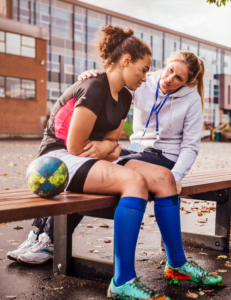
Responding to Abuse Disclosures
Listen with empathy and remain calm. Learn how to respond if a child discloses abuse or neglect to you.
Now Available
SafeSport Ready™ App
Download the App on IOS or Google Play Stores
As a parent or guardian with a child in sport, you need to be prepared for anything. With SafeSport Ready, our prevention education mobile app, you can understand what abuse in sport is and how to address it, wherever you are.
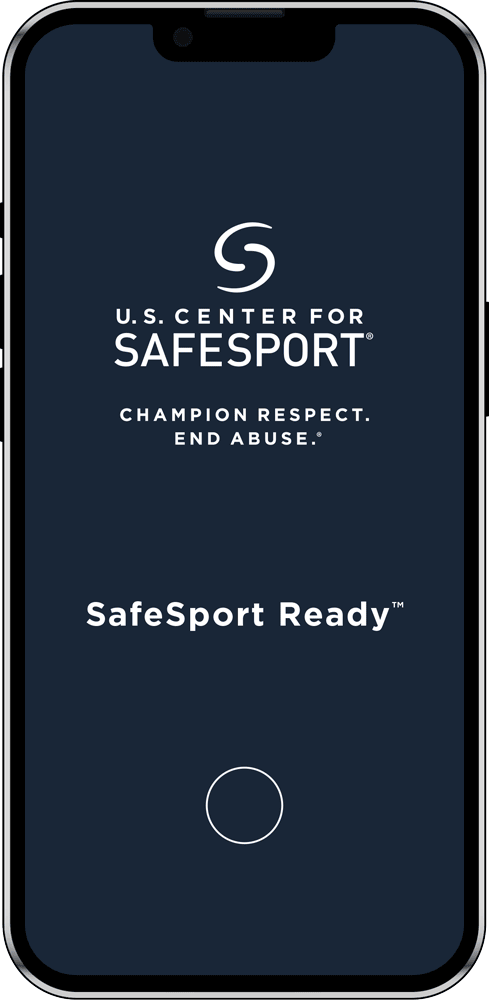

Join our Email List!
Stay connected with the latest news, resources, and tools. Get our quarterly e-newsletter, The Gameplan, delivered to your inbox. JOIN TODAY

